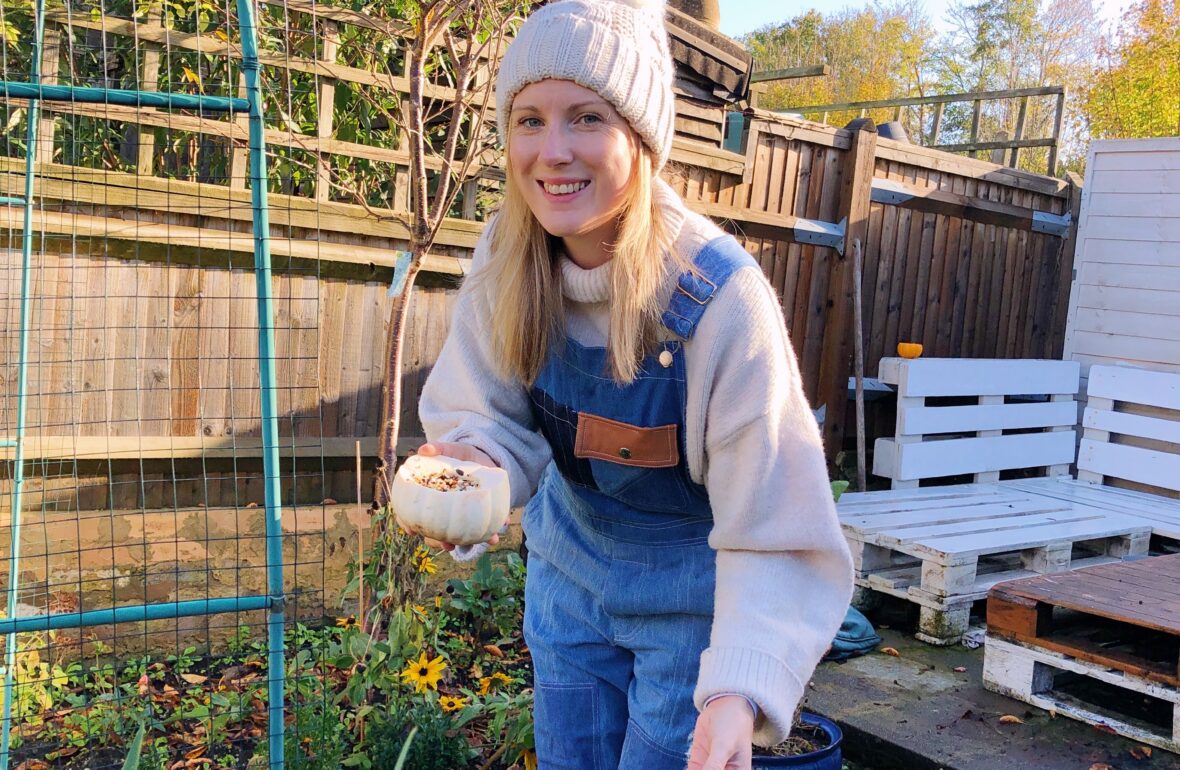
There are these creatures that live among us. You’ll know what I’m talking about, but if you’re like me, you’ve never really thought about them in much detail before. They sit on our roofs, perch on our garden fences and quite often poo all over our cars. They fly above our heads as we go about our days, often oblivious to their existence. Of course, I’m talking about birds.
I’ll never forget the day a bird came down our chimney. I was only about 9 years old and yet the memory of my father frantically running around our living room waving a broom about while a petrified pigeon circled the ceiling, shitting all over our sofa will be one I’ll never forget. I’m not sure who was more afraid, the pigeon or my poor parents, but what I do know is that this incident most probably shaped my early thoughts on birds and their place in our world.
It taught me that birds were from a different world to the one I lived in. They belonged outside, in gardens or in the safe confines of a local park. They were allowed in trees and to dive down for the occasional dip in a bird bath, but they were to come no closer than that. When that pigeon came down our chimney, it might as well have been an alien species. Two strange beings thrust together in a small magnolia London living room and forced to confront each other. An unwritten code of conduct had been broken, the pigeon clearly hadn’t read the rules or perhaps he was just a rebel and wanted to push the boundaries of pigeon-human law. Whatever the reason for his sudden invasion attempt, it ended with him being booted out the front door and never again did he come back down our chimney.
It wasn’t until I got my allotment plot that I really started to notice the birds and how wonderful and annoying they can be at the same time. The first bird I really noticed was a robin. Robins are known as a gardener’s best friend, though of course it’s not the gardener they are interested in. My little Robin would turn up every time I dug over one of my beds, patiently waiting for me to bugger off so he could tuck into all the worms I’d unknowingly disturbed. This made me feel less like a friend and more like an unwilling accomplice to a feathered serial killer.
Next came the crows, the most antisocial of all birds thanks to their relentless screeching. They would often perch on my shed roof, watching me as I worked and then suddenly, for no apparent reason, start screeching that ear-piercing scream, like a living car alarm. Sometimes it felt like they were laughing at me, which only exacerbated my feelings of annoyance towards them.
Not to be outdone, it was the parakeets who really stole the show. I suppose many might say I’m lucky to have such colourful little birds here in London, a city that is about 50 per cent wood pigeon. It’s true that they are remarkably beautiful birds; little exotic pops of colour against the concrete jungle of the city buildings. But oh my goodness, the noise they make is unreal. They gather in a tree near my plot for their morning bird meeting and it’s like being on the 57 night bus back from Kingston as they all squawk and screech at each other like drunken hooligans.
Birds. All around us and yet, effortlessly blending in against the backdrop of our daily lives as though not there at all. Until you start getting out into the garden, out into the wild. That’s when you really start to notice them.
Birds can cause more damage to a crop in 10 minutes than my husband can do to our kitchen shelves in 2 hours. By that I mean they can completely destroy it leaving absolutely no trace of what used to be there. Unlike the London wood pigeons, allotment birds have a much more varied diet than left over kebabs and bread. Particular favourites seem to be strawberries, brassicas and surprisingly, peas.
My first thought, like most people’s on my allotment site seemed to be, was to net the crops that the birds enjoy the most. However, after seeing a panicked little Great Tit struggling for dear life after being trapped under a net on someone’s plot that hadn’t been pulled tightly enough, I decided against this method. Not only because it’s a little cruel to trap a bird like that, even accidentally, but more because the thought of having to get that close in order to free it filled me with the same dread my father obviously felt when he picked up that broom to fight the frightened pigeon in our living room.
So for a long time I just let the birds be. Every time I arrived at my plot, a gang of them would quickly scatter and I was left feeling like I had walked in on some secret meeting. I became suspicious of the birds, convinced they were working together to infiltrate my plot and steal all my crops. The crows were the lookouts, the parakeets the alarm and the robin was a cute distraction to divert my suspicions away.
When I arrived one day to see a line of sparrows using my tomato structure like a communal toilet I finally decided to take action. Though I could appreciate the benefits of this free manure for my soil, having to wash bird poo from my tomato plant leaves was a step too far and something I could have really done without.
So I bought a scarecrow and named her Sally. She sat proudly in one of my raised beds, her straw hair blowing in the wind like the scene from Titanic. She wore a little red dress and a wide, slightly manic grin. She looked great, and did absolutely nothing to scare the little buggers from my plot.
I don’t think we give the little winged beasts enough credit sometimes. Birds aren’t stupid, far from it. They knew Sally wasn’t real. They could sense it. No human stands still and smiles that way for too long. The only thing Sally did was create yet another comfortable perch for them from which they could scour my plot for their next meal quite happily.
Birds are a part of the World though and they can be beautiful, wonderful, sweet creatures. Waking up to birdsong in the springtime is one of the most magical feelings ever and watching a bird actually use the bird feeder before the squirrel steals the whole lot, is actually pretty amazing. I suppose we don’t appreciate birds as much as we should. It’s easy to forget that these creatures are living among the same landscapes as us, nesting under bridges while we walk over the top unaware of their presence.
As a dominant species on this planet, us humans are born with a sense of complete ownership over the Earth, putting our own needs long before any other creature, creatures that have been here for a lot longer than we have. We contain wildlife in parks, bordered by Iron gates or to certain parts of our gardens, away from our fruit and veg patches. Sometimes, we don’t even do that much.
The next time you walk out of your front door, I urge you to look up. Look up into the trees, on the top of your neighbours roof and under railway bridges. There they’ll be, the birds, looking right back at you.
Birds. All around us, but hardly there at all.
Here are a few more eco-friendly ways to deter the birds from eating all your crops:
- Hang old CD’s or balls of tin foil in tree branches or from archways. The reflecting light scares the birds away from your plot.
- Get a scarecrow. Or go one better and make one. Just hand an old coat off a post and top with a hat. Birds aren’t that clever, just the illusion of a human standing there is enough to deter them.
- Paint small rocks red and place them between your strawberry plants BEFORE your strawberries begin to appear. The birds will come down expecting a feast and get a nasty surprise which might be enough to keep them away when your actual crop comes in.
- Wind chimes are pretty and effective. Get a wooden one for a more natural sound.


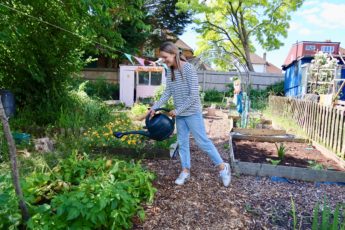
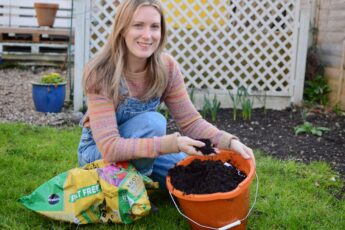
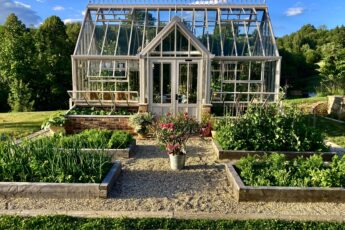
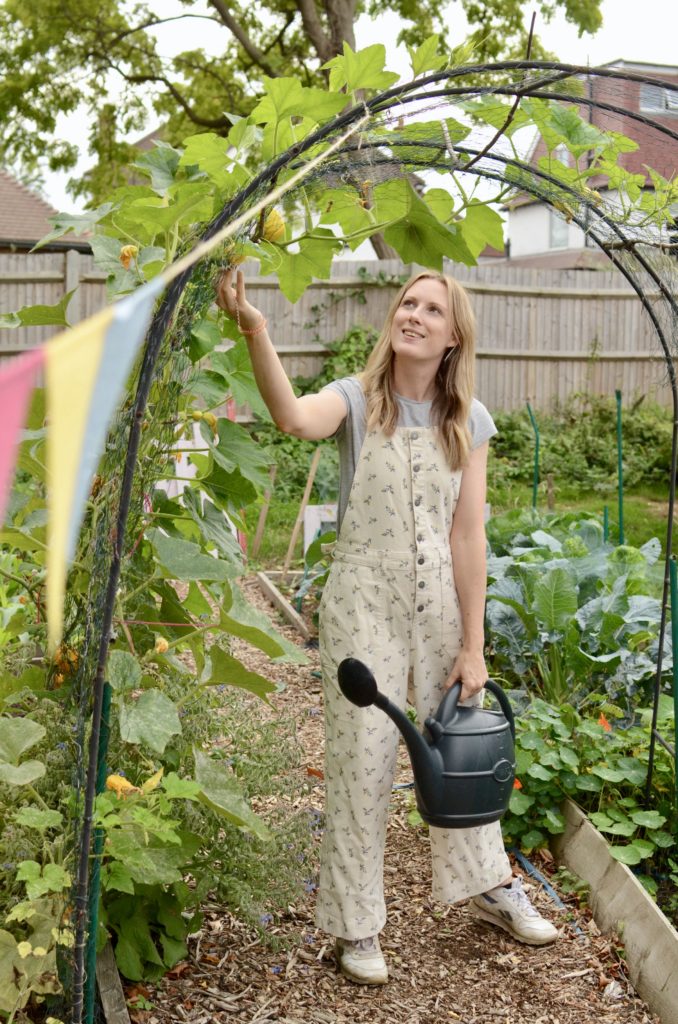
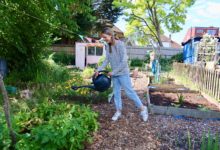
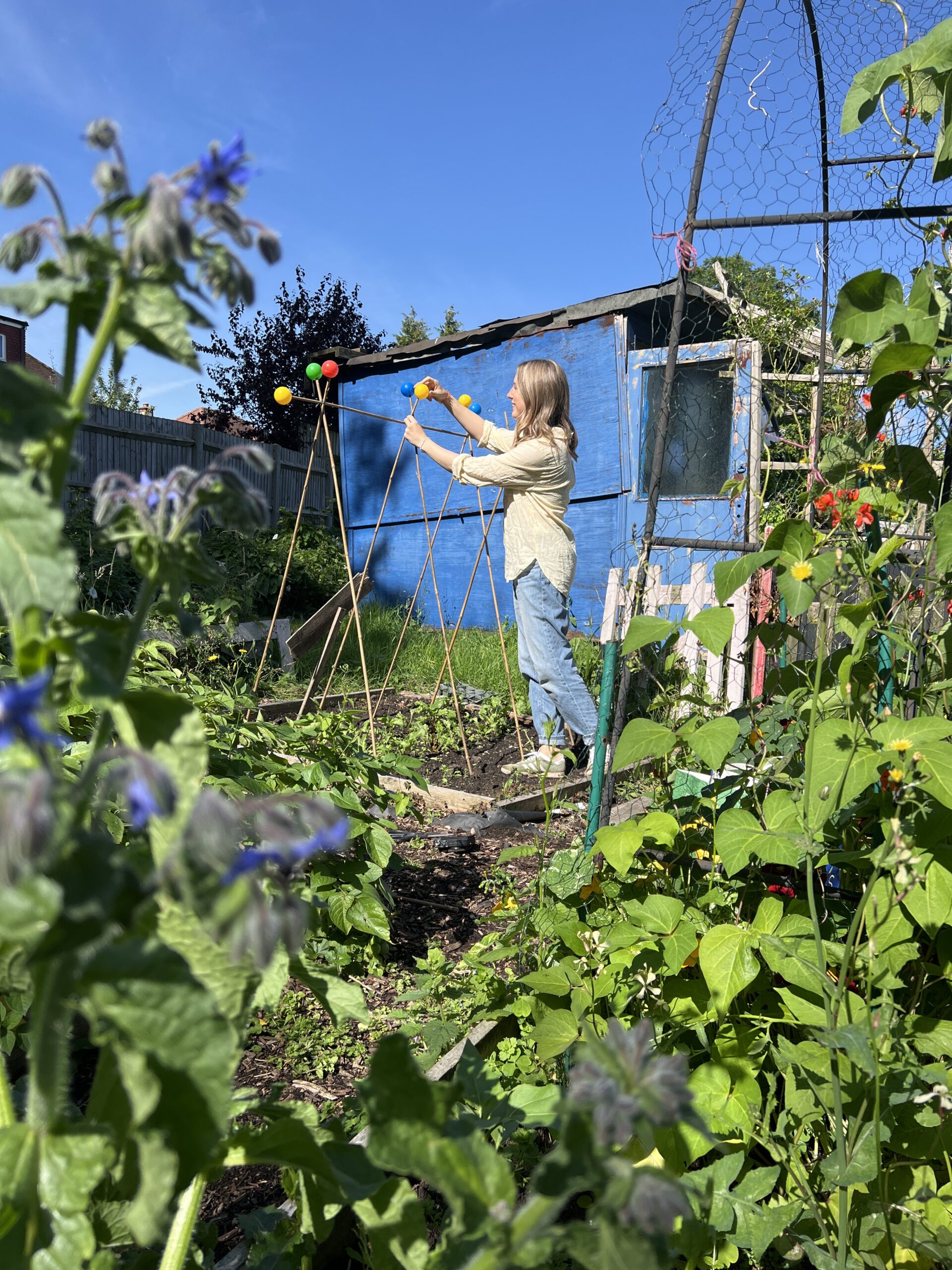
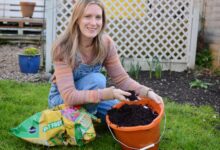


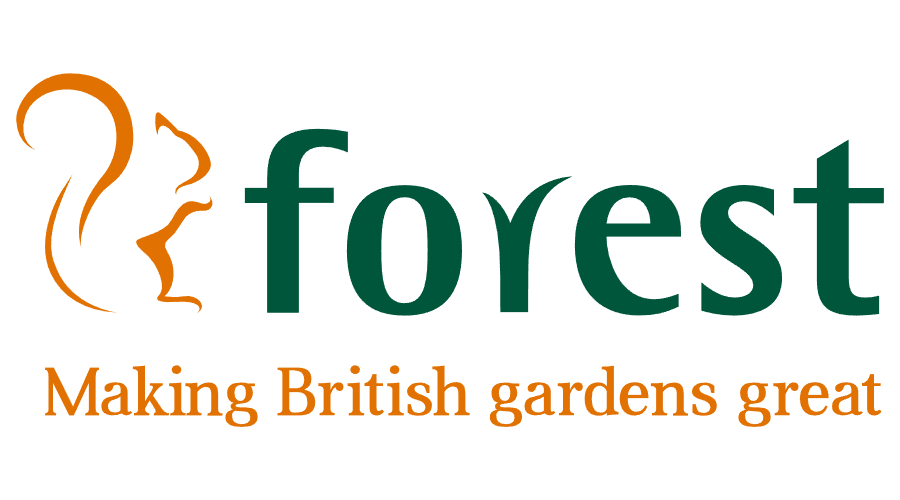



Wow you write great interesting blog, you can see that your focus is in writing, i like it.
Thanks so much! Writing is what I’m really passionate about, so I’m so glad you enjoy reading it! x